Plants really do 'talk' to each other and work together — and gardeners can use it to their advantage
Huge strides are being made in understanding the lives of plants, and Mark Diacono is listening closely.


Every month or two, another new scientific paper shares the next increment in our understanding of how plants communicate. I love that. Every day, quiet interactions occur, most beyond our gaze; some harmonious, others less so. The tip of this iceberg of interaction is companion planting, where we take advantage of one plant’s qualities to benefit others. This can take many forms.
Plants might offer their neighbours support: an established fruit tree makes an excellent scaffold for a climber, such as a kiwi or passion fruit. This works equally well with vegetables: in the classic Native American triplet of sweetcorn, climbing bean and squash, the sweetcorn provides the support for the climbing bean. This is only one part of the symbiosis: the bean feeds the sweetcorn and the squash by taking nitrogen from the air and releasing it through its root system, with the leaves of the squash paying the others back by suppressing weeds and retaining soil moisture.
Flowering plants can make excellent companions by bringing insects to the garden that will do the crucial job of pollination. Comfrey, lavender, ivy and thyme are only a few of those that are particularly effective in this regard. Added to this, there are many positive pairings where one plant attracts the predator to another’s potential pest. Basil — a classic partner to tomatoes in the kitchen — can help maximise the quality of the tomato harvest by attracting aphids away from them. This self-sacrifice can occasionally risk the ultimate end: nasturtiums grown in proximity to brassicas appeal to cabbage-white butterflies more than the precious greens, which gives you the opportunity to more easily deal with them as you see fit — or to live with the (often extensive) damage to the nasturtiums.
"A balanced, biodiverse garden is usually one where pests are kept in check by natural predators"
Some plants act to actively repel or inhibit other plants or animals. Walnuts secrete a chemical that inhibits nearby plants’ growth, allowing the walnut to establish with less competition. In the kitchen garden, there are many opportunities to pair productive plants with ones that act to discourage their pest: tagetes marigolds deter nematodes, wireworms and slugs, which is particularly effective when they’re grown near to root and tuber crops, such as potatoes and parsnips. Scented pelargoniums are reputed to work similarly effectively. Pot marigolds repel tomato worm, asparagus beetle and white fly; rosemary discourages cabbage white butterflies, bean beetle and carrot fly.
Disguising scent is one of the ways of companion planting I find most satisfying. Perhaps the most well-known and effective of these is to grow alliums — such as spring onions and garlic — with carrots; root fly is drawn to the carrots by the scent of its foliage, which they can smell from up to a mile away, and the alliums help mask that by being more strongly fragranced.
As well as nitrogen-fixing plants, such as clover and most peas and beans, mineral accumulators can do much to naturally supply your productive plants with nutrients. Mineral accumulators, including comfrey and dock, drive long roots into the soil, accessing nutrients often out of reach of other plants: mowing the tops makes these nutrients available to neighbouring plants. Growing comfrey near fruit plants means their leaves — rich in potassium, a primary nutrient for fruiting plants — can either be chopped and allowed to decompose in the root zone or steeped in water until they dissolve, creating a potassium-rich liquid feed.
There are some general principles that act as a kind of broad-brush companion planting that are worth bearing in mind. Diversity is the best first line of defence against potential pests; a sea of anything is a ‘come and get me’ sign to its nuisances and once they take up residence, chances are they will tear their way through your crop rapidly. Plant plenty of flowers — edible and otherwise — to draw in pollinators and predators; a balanced, biodiverse garden is usually one where pests are kept in check by natural predators. If in doubt, plant more scented herbs: the flowers are likely to appeal to a wide variety of insects, their scent will confuse pests guided by smell, and it will make for a more beautiful garden with a wide range of culinary transformers to call on.
Exquisite houses, the beauty of Nature, and how to get the most from your life, straight to your inbox.
Lastly, consider planting perennials using mycorrhizal fungi. These fungi — widely available in powdered form — create an association with plant roots, effectively extending and integrating a plant’s roots into a wider network, allowing nutrients and moisture to be more readily shared. Whereas companion planting relies on us pairing effective partners, mycorrhizal fungi create the network on which — in ways we couldn’t previously imagine — plants communicate without our interference, to the benefit of the wider ecosystem.
Mark Diacono grows edibles, both usual and unusual, at Otter Farm in Devon (www.otterfarm.co.uk). His book Spice: A Cook’s Companion, published by Quadrille (£25), is out now
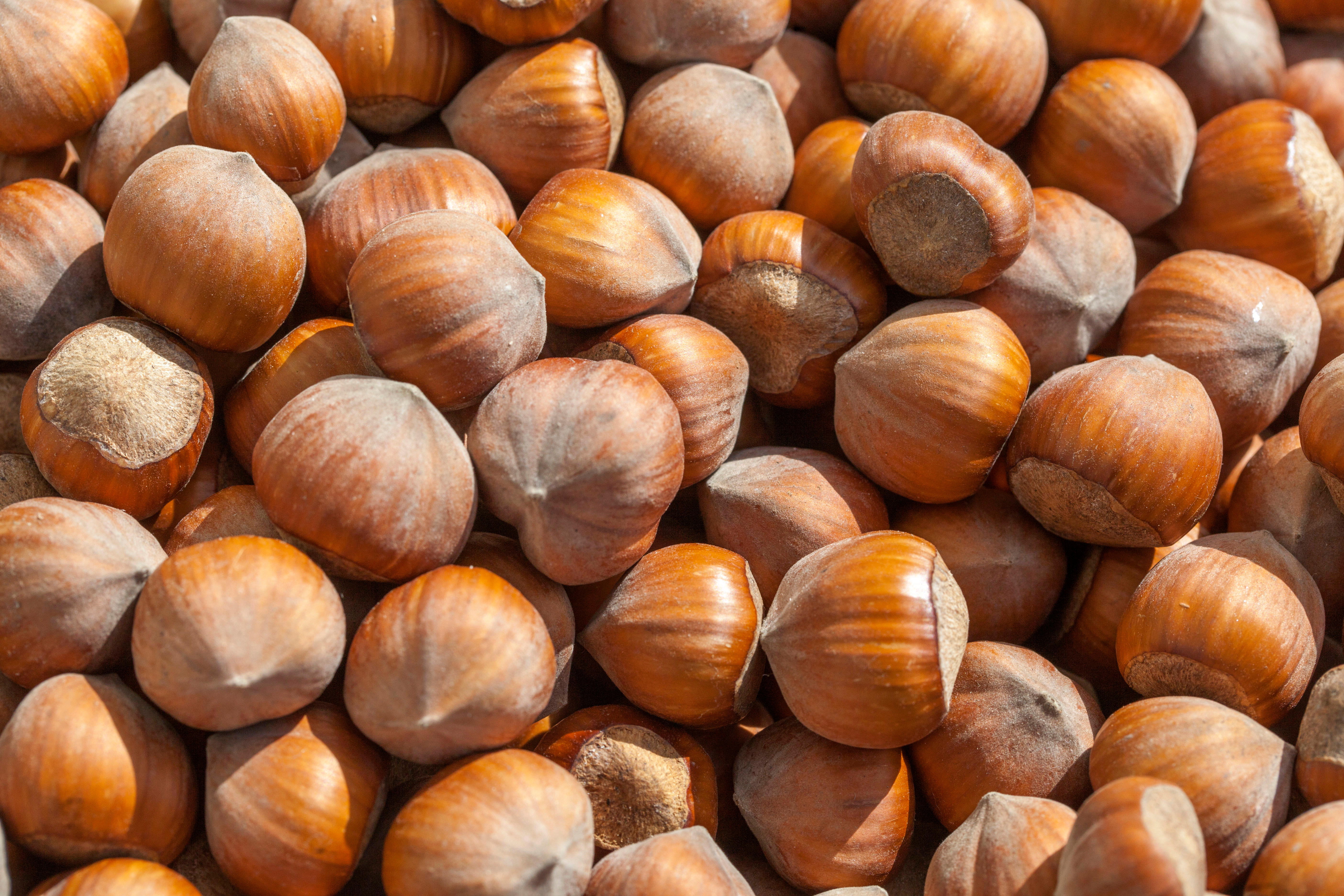
Mark Diacono: How to grow your own hazelnuts (and why you'll find it rather easy)
Our resident grow-your-own expert Mark Diacono gives his tips on the surprisingly easy hazelnut.
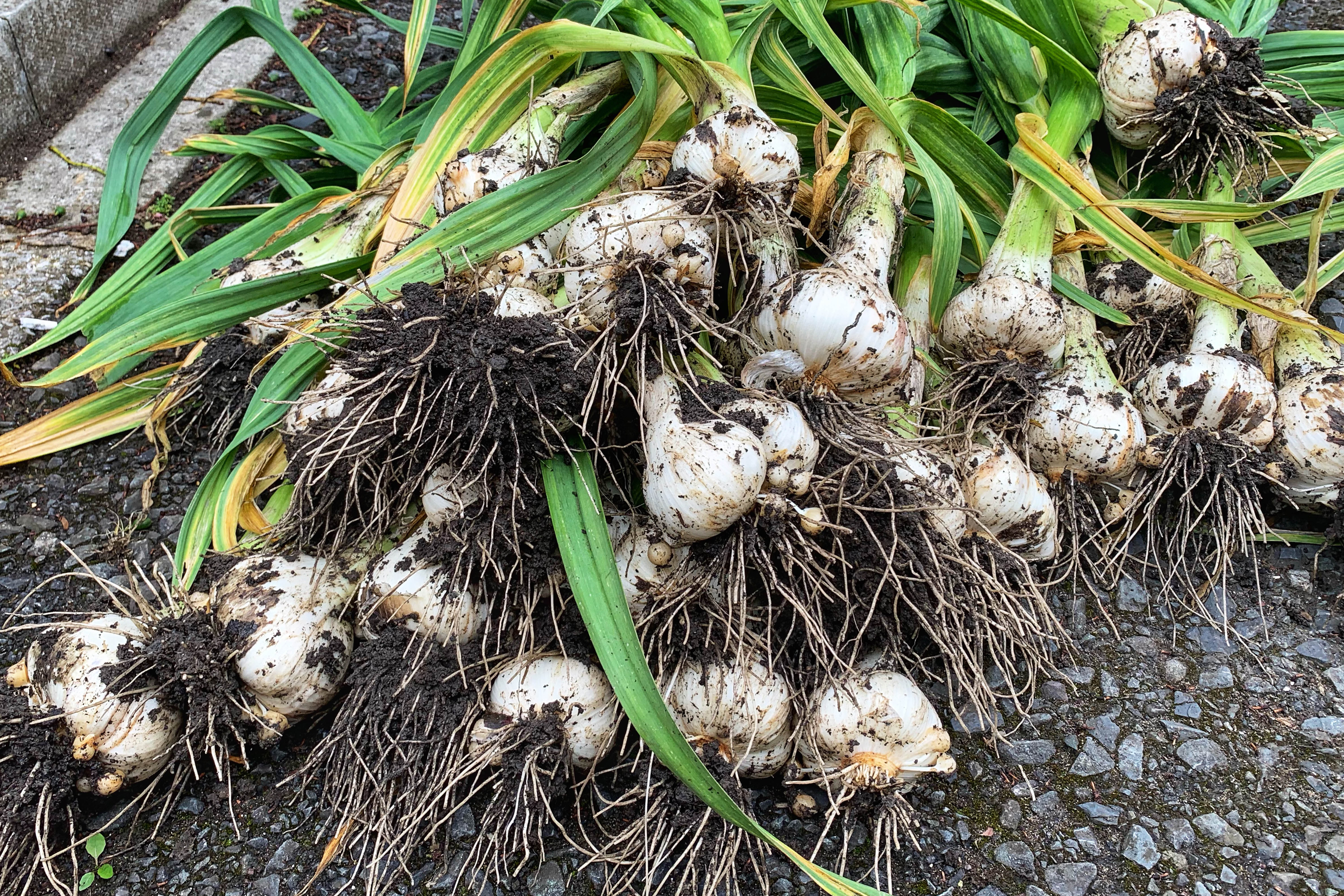
Credit: Getty Images
How to grow garlic: Delicious, lucky and superbly easy to cultivate
Mark Diacono teaches us how to grow garlic.
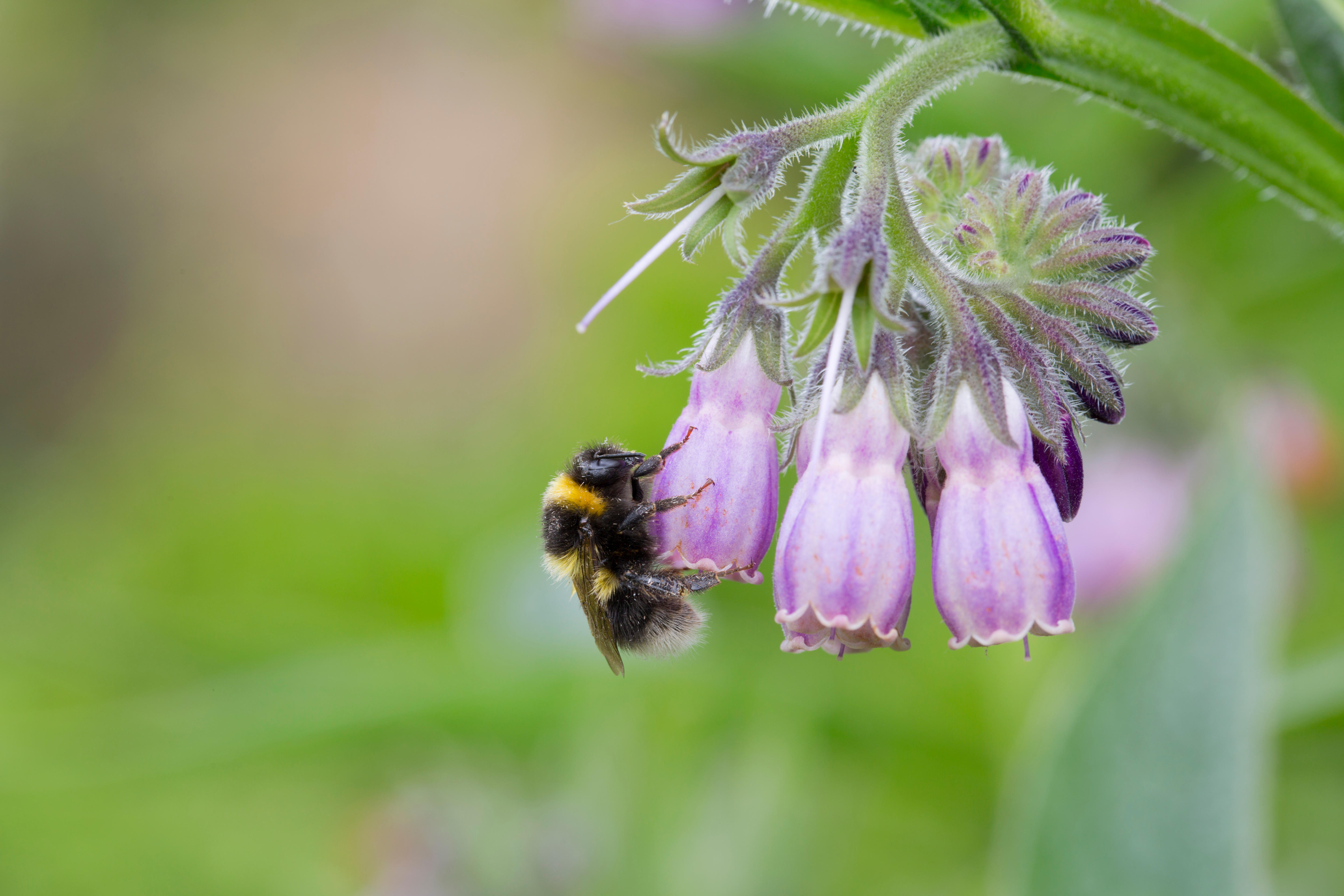
Comfrey: What you need to know about the plant that 'looks like borage a couple of gins into a long weekend'
Mark Diacono on the beautiful and untamed joy of comfrey.
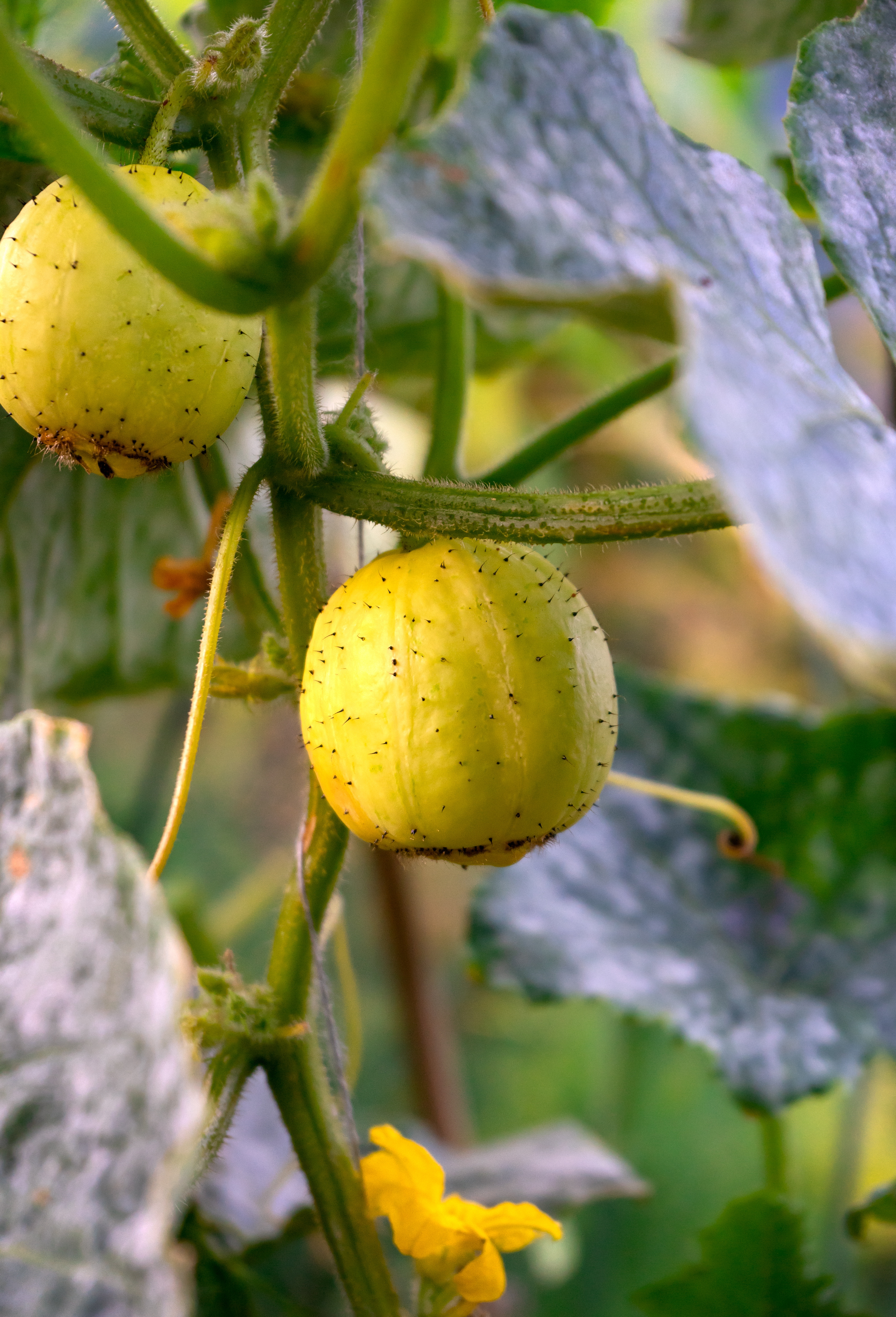
Everything you need to know to grow your own cucumbers
Food writer Mark Diacono shares his tips on how to grow cucumbers and three of his favourite varieties to try.
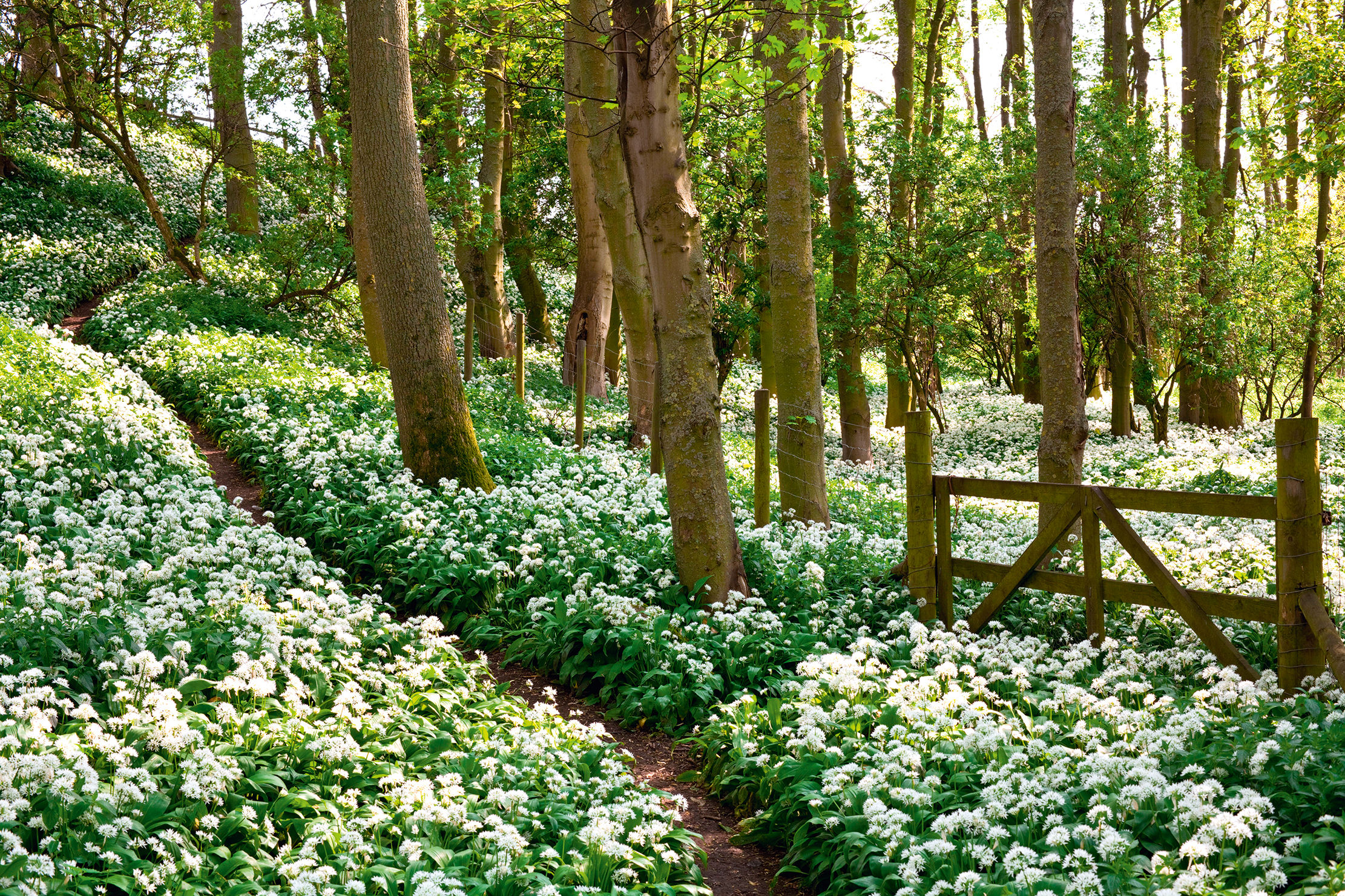
Wild Garlic: How to forage it, and how to grow your own
If you are new to foraging, wild garlic is the ideal place to start says Mark Diacono.
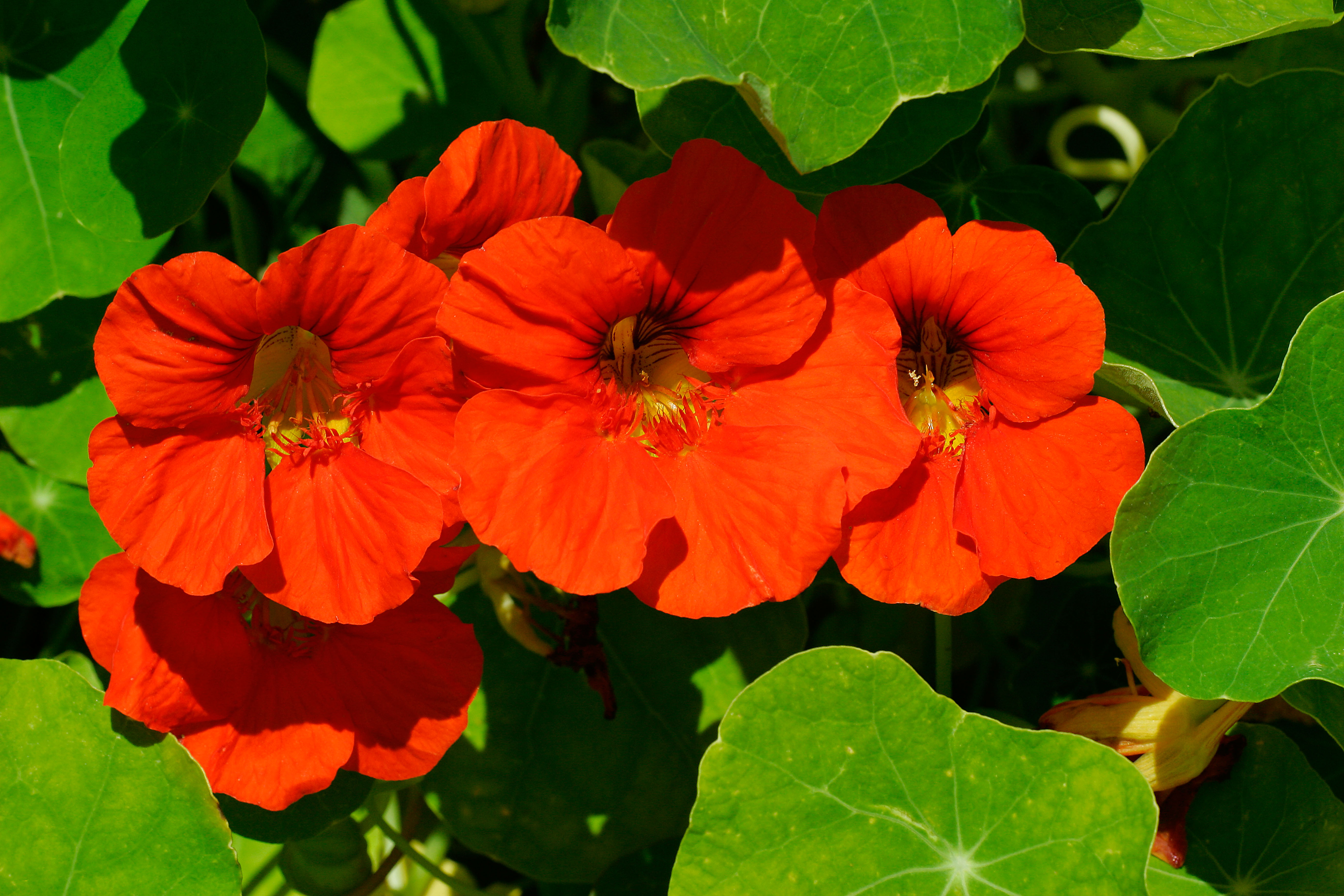
Credit: Alamy
The top salad leaves to grow in your garden for summer garnishes
Mark Diacono tells us his top salads to plant to accompany barbecues this summer season.
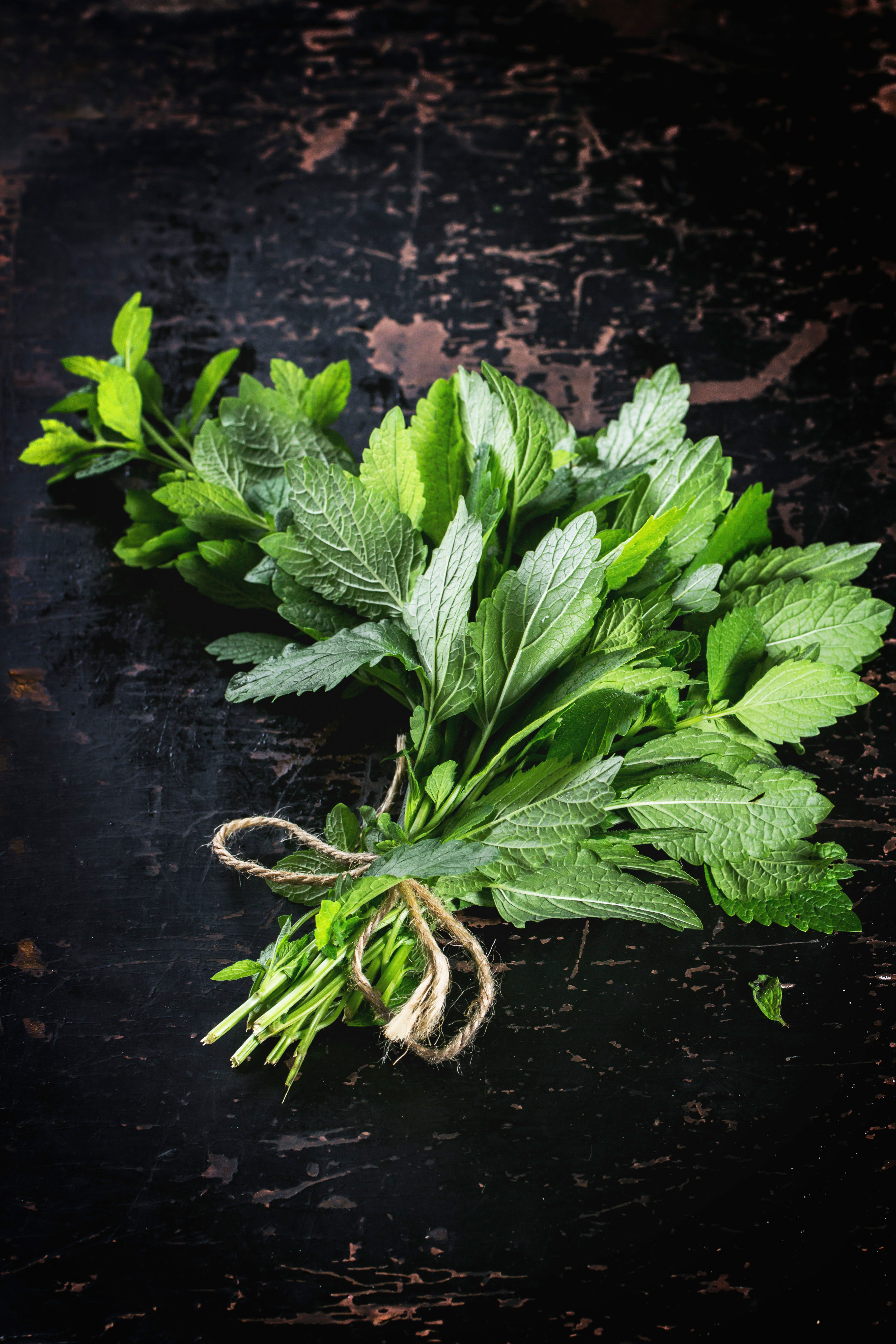
Credit: Alamy
Cultivating mint: What varietals to plant, where to plant them and whether they should be used for jelly or juleps
Mark Diacono explains why mint is for even the incurably incompetent horticultural enthusiast.
Mark is lucky enough to spend most of his time eating, growing, writing and talking about food. He has written fourteen award-winning books, including A Year at Otter Farm and A Taste of the Unexpected (both won Food Book of the Year, and Garden Book of the Year). Known for growing everything from Szechuan pepper to pecans to Asian pears, Mark's refreshing approach to growing and eating has done much to inspire a new generation to grow some of what they eat. He was involved in the early days of River Cottage, appearing in the TV series, and writing four River Cottage books. Mark writes to a global audience on his best-selling Substack: Mark Diacono’s Abundance.
